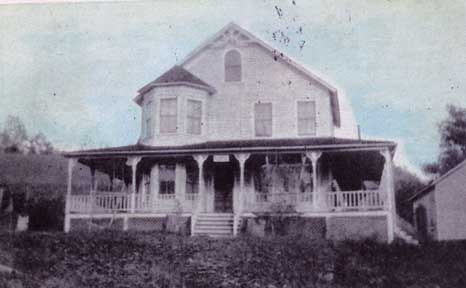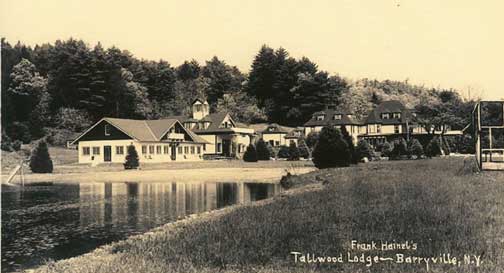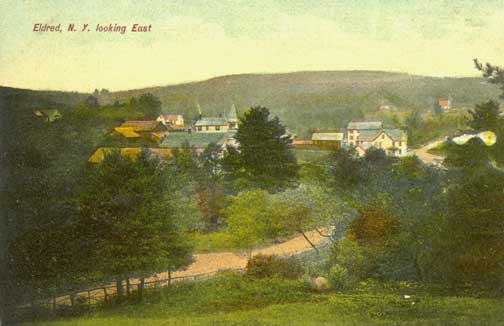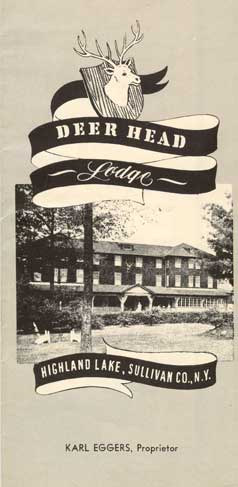The following are ads for Paine’s Celery Compound and Fellow’s Syrup in an 1896 newspaper which are mentioned in the letter which will be in the next post.
Paine’s Celery Compound
It is not that rheumatism, neuralgia, insomnia, and kidney troubles are hard to cure. Paine’s Celery Compound has made a host of sufferers well.
Thousands of lives that are now fast wearing out would be prolonged if Paine’s Celery Compound were in each instance used to stop those ominous pains over the kidneys, to build up the rundown nervous strength, and cure permanently those more and more frequently occurring attacks of headache and indigestion.
Here is a recent testimonial from the wife of U.S. Senator E. F. Warren:
-
I was persuaded to try your “Paine’s Celery Compound” in the early spring, when in a very run-down condition. The duties devolving upon the wife of an official in public life are naturally very exhausting, and I was tired out and nervous when I commenced using the remedy. I take pleasure in testifying to the great benefit I received from its use, and can truthfully say that I am in almost perfect health again.
Fellow’s Syrup
When the system is run down through overwork, loss of sleep or from poor food assimilation, the nervous system is affected.
To help overcome nervous upsets try Fellows’ Syrup of Hypophosphires. Fellows contains iron and other essential minerals needed to correct a run down condition.
By stimulating appetite and aiding digestion, Fellows helps you derive full benefit from your daily meals. Ask your druggist for a bottle of Fellows’ Syrup today. Discover for yourself the help it may bring you.
Don’t be a Nagger!
Let Fellow’s Syrup help you
—Birmingham State Herald, September 19, 1896

















